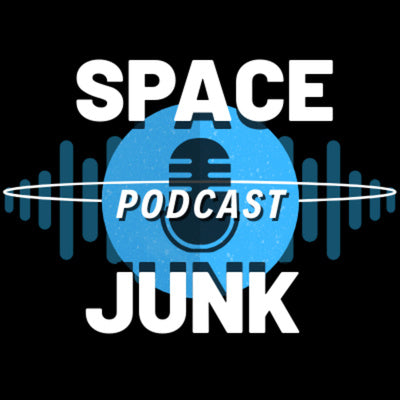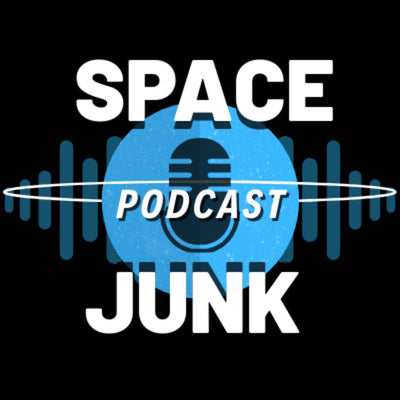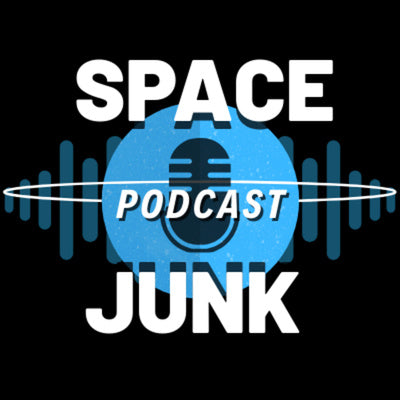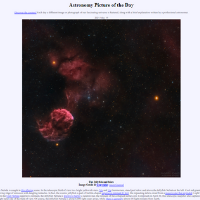Telescopes, Balloons, and Beer with Dr. Nick Galitzki
Purpose: Ever wondered what it’s like to live in the middle of nowhere with other scientists and big balloons? Dr. Nick Galitzki gives us some insight into what that life is like and how it relates to the structure of the universe. Also, there’s beer.
Dr. Nick Galitzki: Living life like very few others, Dr. Nick studies the deepest intricacies of our universe in an attempt to better understand and relay this knowledge to us. He performs astronomy outreach in his free time and is realistically one of the most interesting men alive.
This Episode You’ll Learn:
- Why balloons are being launched in Antarctica
- What kind of extreme science Dr. Nick is involved in
- How complex the universe truly is
- What beer consumption does to Dustin and our guests
Notable Quotes:
“What we can accomplish in four weeks is more than what a ground-based observatory can in years.” - Dr. Nick Galitzki
“Most of cosmology is based on the principle of the rewind button.” - Dr. Nick Galitzki
“We have to accept that we may never know.” - Hans Haas
Main Topics:
6:00 -Brief Background on Dr. Nick’s Work
8:40 -Antarctic College for Adults
A little-known fact is that there are generally quite a few people in Antarctica at any given time, and this is especially true during project testing. At the “local” military base you’re sure to find at least a few hundred people who must maintain the facilities of this old military and scientific installment. With this group is also the personnel from NASA who Dr. Nick is a part of. Each person has their own role to keep everything running smoothly, but once people get a night off from their rigorous work, they like to have fun on the ice sheet! How often this time off happens is subject to change, unfortunately, because important work must be done.
18:42 -What’s with the Balloons?
One big reason for this is because balloons are much cheaper than your standard telescope. The new technology destined for space operations can be tested more easily and at a heavily reduced cost than it would be to actually launch it into space. Instead, these balloons allow for these technologies to be tested in “space-like” environments beforehand. This is roughly 115,000 feet above the surface and above 99% of Earth’s atmosphere that the balloons cruise at.
Consistently and safely reaching this altitude is perfect for testing things like new sensors that can’t have interference with all the noise in the atmosphere below. When Dr. Nick’s team instead launches their large infrared telescope up on a balloon, that is an incredible endeavour. The balloon and telescope function for roughly four weeks gathering data until it crash lands and must be picked up, but the data gained in that timeframe is staggering.
30:45 -The Goal of Dr.Nick
Nowadays Dr. Nick is not doing as much of these balloon experiments, but these are primarily concerned with star formation and the way our galaxy functions. By leaving Earth’s atmosphere which blocks roughly 80% of the infrared light he’s looking for, he and his team are able to gain massive insights on the dark nebulae in particular that surround us. The Horsehead Nebula, in particular, offers much to study and shows itself to be a culmination of cold dust and gas condensing and forming stars. This will eventually become a star nursery.
Dr.Nick’s current projects are primarily concerned with understanding the formation of the universe by studying the cosmic microwave background (CMB). Commonly described as the “glowing ember of the Big Bang,” this is the leftover remains of the universe’s expansion. Right now in particular he is studying the “polarized light” of the CMB to get a better idea of what happened immediately after the Big Bang. This is an “easy” transition from his previous works because with the information and understanding he’s gained from studying the forces in our own galaxy he can better study the super-distant signals outside of our galaxy that local radiation interferes with.
44:30 -Speculation on the Origin of the Universe
This portion of the discussion dives into philosophy and dabbles into the extreme sciences for theories on how everything began. Tony takes issue with one fairly popular idea for the universe’s inception and begins lecturing the rest on a few theories. How is it that we can study these phenomena? Is it something that we should continue to explore?
56:00 -Reaching the Antarctic
As one could imagine, getting to Antarctica (especially the populated areas) can be quite the endeavour with bureaucracy and layovers. The best part along the way is hanging out in Christchurch, New Zealand which is a gorgeous location with lots of vibrant life before heading out to the “dead continent.” Generally, you’ll have to wait here for a couple of days--or maybe more depending on the weather for either continent. Chances are the ride won’t be very comfortable either and will be on a very loud military plane.
73:00 -Podcast Isn’t Over Yet!
If the drinking continues, so too must the podcast. Beware of more rowdiness, colorful language, and extremely complex astronomical theory.
73:51 -Observing the Infinite
The guys discuss how it is we observe the cosmic microwave background and what is involved in studying the infinite universe expanding around us. Dustin becomes extremely confused and attempts to wrap his head around what Tony and Dr. Nick are explaining. Wehighly recommend listening in on this section for an explanation and speculation that most people would have no exposure to anywhere else. See if you can understand it all better than Dustin.
87:19 -The Necessary Future of Astronomy
Hans proposes one of the biggest changes to the astronomical society, and society as a whole at that is to have a better system in place for launching telescopes into space. On top of this, Dr. Nick adds the importance of having reliable repair operations for the James Webb Space Telescope. Currently, we have no consistent, reliable systems for these endeavours that would ultimately revolutionize the kind of information we can gather about the universe and ourselves; furthermore, an often overlooked aspect of these space telescopes and, in general, more eyes on the space around us, is seeing any dangers coming at us before it’s too late.
102:25 -The Actual Ending of the Podcast
What do you think of these experiments performed by Dr.Nick and his team? Is finding the definitive origin of the universe really important? Let us know in the comments below!
Next Episode - The Fermi Paradox and The Great Filter with Fraser Cain
Fraser Cain is back! This time around, the gang discusses one of the ultimate questions that has been prevalent since we as a species began looking up at the stars. Where is everybody? Join us in this discussion on the Fermi Paradox and more!
Previous Episode - High-end Astronomy with OPT's Pro Services
The Professional Services department from OPT joined our hosts to give some insight into what professional astronomy is really like. We also get to hear some silly stories, but the bulk of this talk is going to be very interesting for you astronomers out there.














